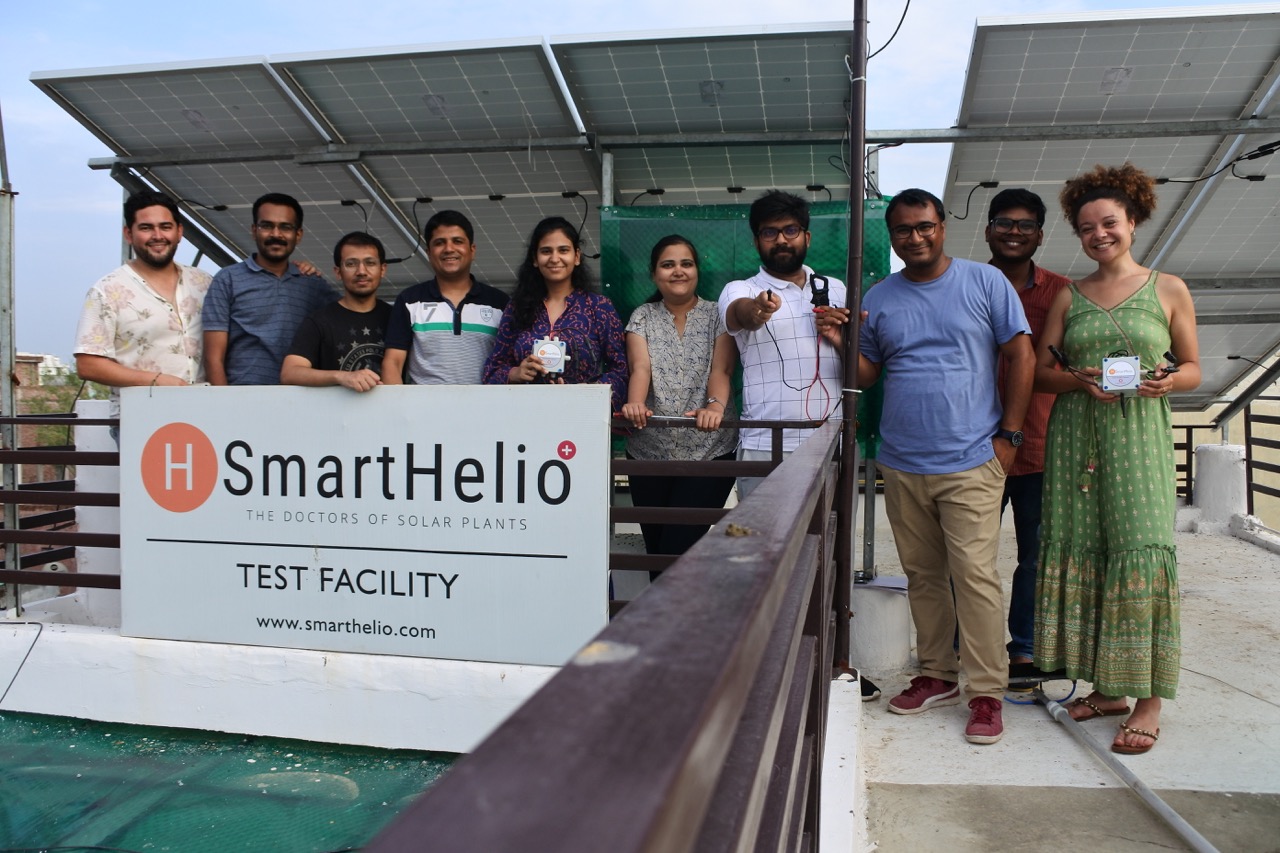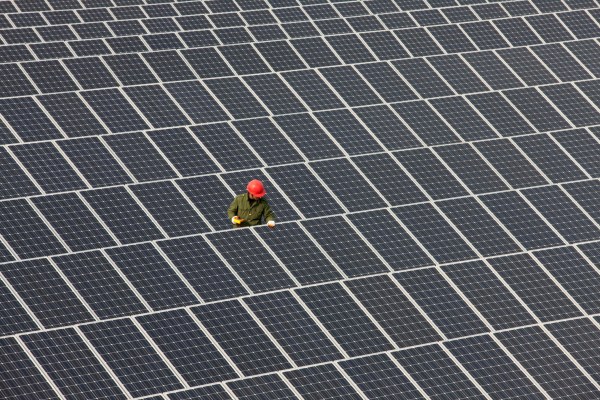It’s commonly held that solar panels need as much sun as they can get. That’s true, but only up to a point, as heat and other hazards can become a serious problem beyond that point, and solar panels can degrade pretty quickly.
SmartHelio wants to help prevent that from happening. The startup uses AI tech to measure live data (current, voltage, weather parameters) from solar plants and offers suggestions for fixes when a solar array starts underperforming.
“Every summer, my parents would bring my brother and me to our ancestral village in India, which didn’t have electricity. The lack of good governance meant that it took a long time for the village to get electricity. This is what sparked my interest in decentralized energy solutions that don’t require external intervention,” Govinda Upadhyay, CEO at SmartHelio. told TechCrunch.
“I am always thinking about how we can accelerate the adoption of clean energy. As I interacted with solar companies in India, Europe and Africa, I realized that many of these companies were struggling with the performance of their solar plants, often due to the late detection of faults. This inspired me to start SmartHelio,” he added.
Upadhyay met his co-founder Neeraj Dasila, who was working at the energy department in the Indian government at the time. His journey matches Upadhyay’s in that he grew up in a remote village in the Himalayas that had little infrastructure.
The company is wading into a rapidly developing industry, but it has remarkably few direct competitors — the thrust of software/AI companies seems mostly focused on where to install solar or making solar more accessible. Glint Solar, for example, raised $3 million earlier this year for its AI-powered analytics tool to figure out where to build solar plants. Aurora Solar is in a similar space and closed a $250 million round in mid-2021. On the installation front, recent funding rounds include Enact Systems’ $11 million Series A, Zolar’s $105 million Series C and Project Solar’s $23 million haul.
The funding round
SmartHelio has just raised $5 million to scale its product. The company was part of the W22 batch of Y Combinator and the incubator participated in the round, in addition to a flurry of other investors from its native Switzerland and the U.S., including Collab Fund, Serpentine VC, ACE & Company, Pegasus Tech Venture, Gaingel VC, Soma Capital and a number of angel investors.
“We have been very selective about the investors we work with. We have chosen investors who can provide valuable expertise and connections in the solar industry, as well as those who can help us with recruiting the right talent and various aspects of our business, such as team management, finances and sales,” Upadhyay said.

The SmartHelio team at its test facility. Image Credits: SmartHelio
Prior to this fundraise, the company received pre-seed investment from Venture KICK and the Innovation Fund of the Alternative Bank of Switzerland, but decided to take the relatively rare step of buying back shares from its early investors.
“The recent funding round will enable us to continue improving our software and make it faster and more scalable. We are also looking to expand our presence in the United States, in addition to our existing operations in Europe and Asia,” Upadhyay said. “We plan to use the funding to hire more tech talent, including software and data experts, to help us develop a scalable software platform.”
The future
The company says the new money will be used heavily for product development. Its goal is to reduce the onboarding time of solar farms by 90% and to serve more customers, more quickly. SmartHelio says it has spent the last two years developing smart, physics-informed, AI-based algorithms and is now launching a software solution that can be easily integrated into its customers’ IT infrastructure, with the hope of being able to offer value pretty much immediately.
In a more distant future, the company envisions being more deeply integrated into the solar energy stack with an “energy intelligence API.” This is purported to have broader appeal among a variety of target customers, including solar performance personnel, solar operation and maintenance companies, equipment manufacturers, investors, bidding managers, EPCs and on-site at solar farms.
“We will continue to focus on industrial-scale solutions, as this is where we believe we can have the biggest impact in terms of carbon savings. We want to become the ‘brain’ of the clean energy industry, providing industry-standard analytics to support the adoption of clean energy solutions,” Upadhyay said.
